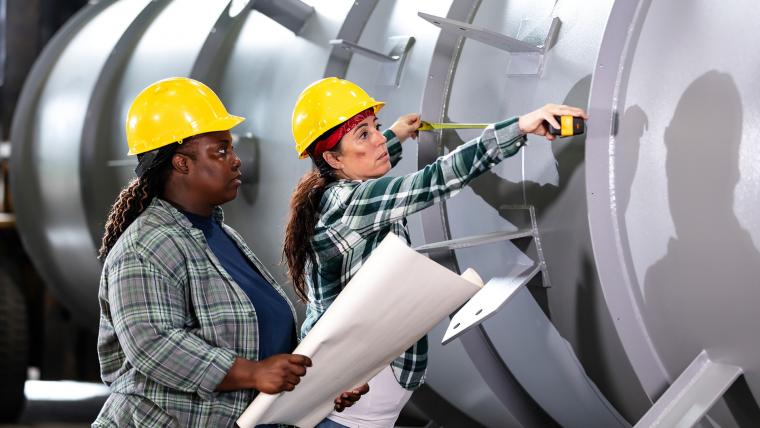
U.S. manufacturing experienced a substantial decline in employment from 2000 to 2010 due largely to the 2008 Great Recession but rebounded – until the Covid-19 pandemic hit in 2020. Despite these fluctuations, it began inching up again in 2021.
But the renewed upswing doesn’t mean a return to traditional manual jobs. Instead, manufacturing employers now need a new kind of worker, one with skills to operate in a highly automated environment.
This shift may be opening doors to more women, according to data and trends in the manufacturing industry the Census Bureau is highlighting as the nation celebrates Manufacturing Day (October 7).
Among the ways the industry has been attracting more women and reducing the gender gap: by encouraging girls at a young age to study STEM subjects and changing the perception of women in manufacturing.
Some facts about women in manufacturing:
- They made up about 47% of the American workforce but only 30% worked in manufacturing.
- One out of four management positions were held by women.
- They earned on average 16% more than the national median annual income for women who are employed.
Although men still hold the majority (67.9%) of U.S. manufacturing jobs, the Census Bureau’s Job-to-Job (J2J) Flows Explorer shows that from 2010 until the pandemic struck in 2020, the share of women in manufacturing jobs rose in every working-age category up until 2020, when the COVID-19 pandemic started.
In 2021, the data show the numbers going back up to pre-Covid levels. Certain age groups show an even higher spike than before the pandemic. For example, 8.6% of the people who went into manufacturing jobs were women ages 55 to 64 before the pandemic but increased to 9.1% in 2021.

There are no comments
Please login to post comments